Gallery: Spooky Spiders
East African Jumping Spider
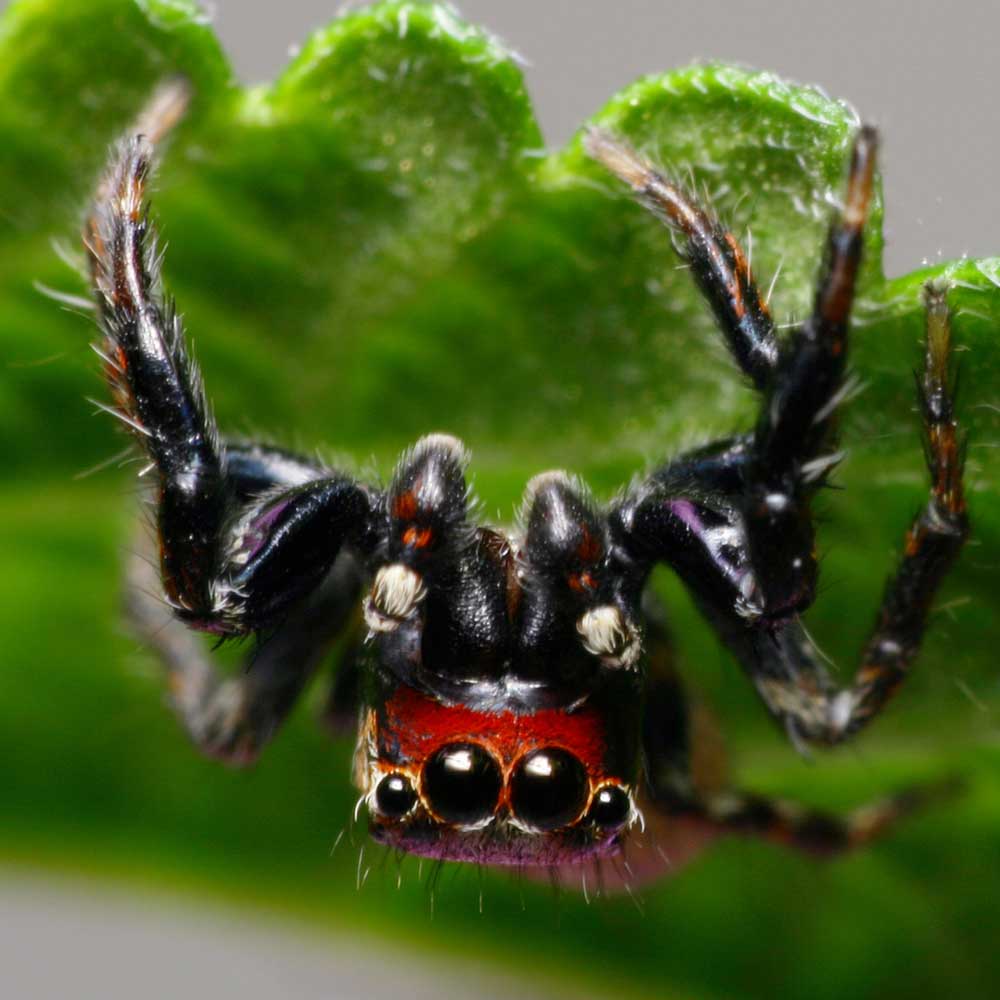
Spiders, which are an order of the group Arachnida, have some amazing talents, from building massive webs to eating bats (yes, some spiders have been found devouring bats). Evarcha culicivora, which lives in the Lake Victoria region of East Africa, is no exception. Though small, spanning just 5 millimeters in body length, the spider has some outsized abilities, using both its superb eyesight and olfactory abilities to find its preferred prey — Anopheles mosquitoes. This jumping spider may be the only known predator to specifically target blood-filled mosquitoes as its prey, said spider biologist Fiona Cross at the University of Canterbury, New Zealand. Click on for more photos of amazing spiders.
fossil huntsman spider in amber
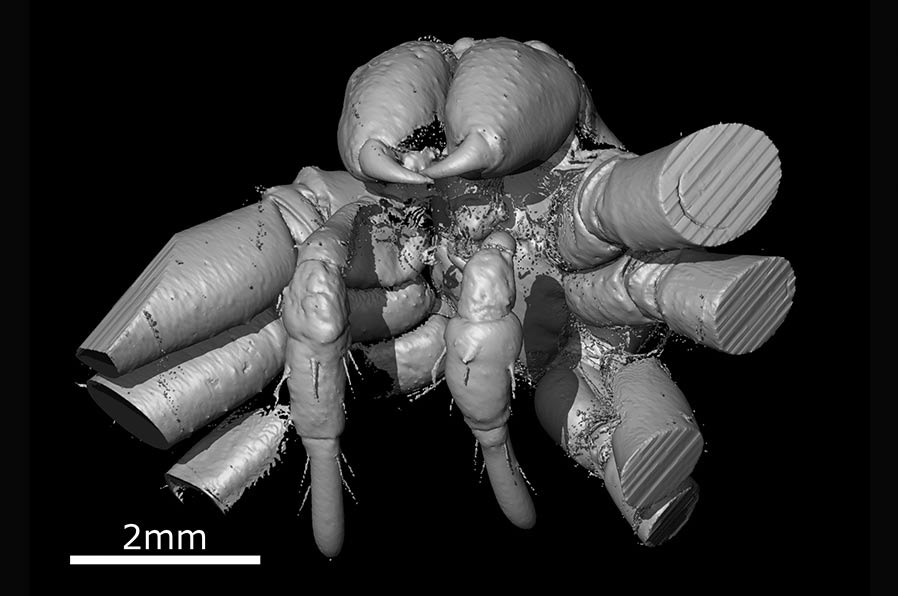
This X-ray computed tomography scan shows a fossil Huntsman spider, Eusprassus crassipes, preserved in amber.
Brown Recluse Spider
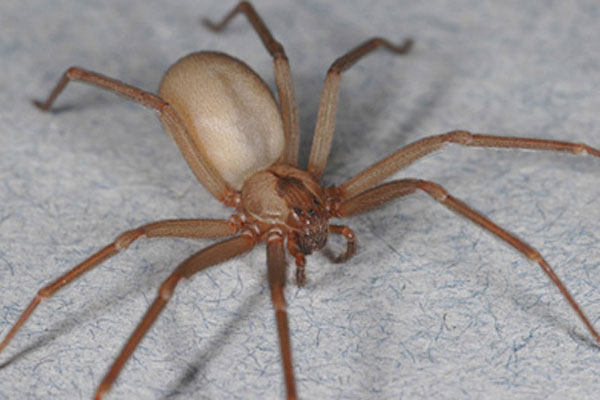
Venomous brown recluses exist within a smaller range than many realize, and their existence may be threatened by climate change.
Fossil Orb-Weaver

Fossil female golden orb-weaver spider (Nephila jurassica) from the Middle Jurassic of China.
Sometimes-Carnivore
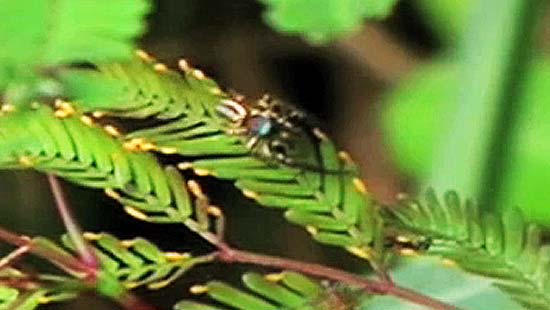
Unlike most spiders, this Central American jumping spider species feeds on leaf-tips, rather than on insects - at least most of the time!
Spider Love
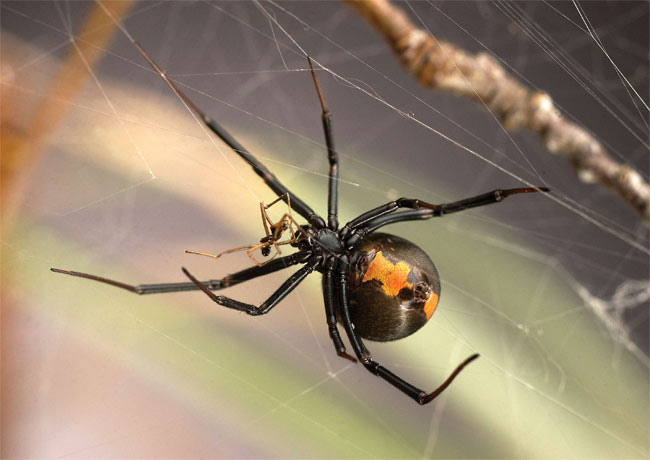
A female redback spider (the large one) has just killed her male suitor after one session of sex, as the male didn't meet her courtship demands.
Wasp Spider Mating Game
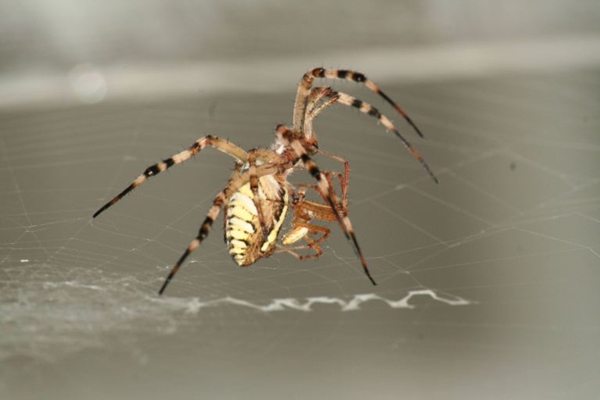
A female and a male wasp spider during a sexual encounter. Males are far smaller than females.
Get the world’s most fascinating discoveries delivered straight to your inbox.
Ant-eating Zodarion Rubidium
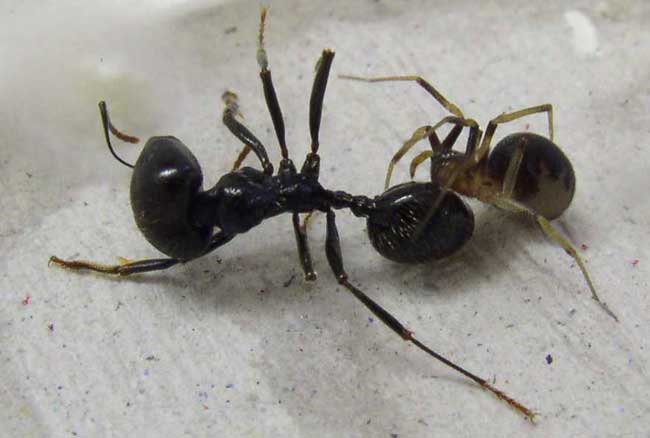
A lucky Zodarion rubidium spider gets a massive ant meal. This spider slurps out the tissue of the protein-rich front parts of an ant first before chowing on the fatty rear segment, or gaster, as shown here.
Forever (Neil) Young
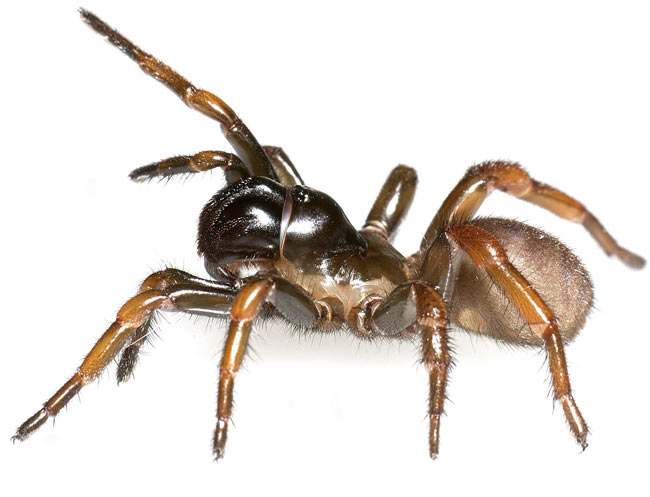
This trapdoor spider, Myrmekiaphila neilyoungi, was named in honor of Neil Young.
Money Spider Ready to Launch
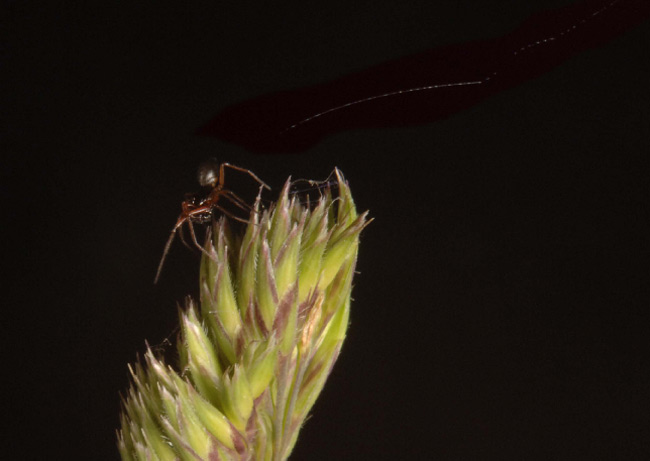
A money spider (Linyphiidae family) stands on a grass-seed head in pre-ballooning posture, ready to take off.
Golden Orb-Weaver
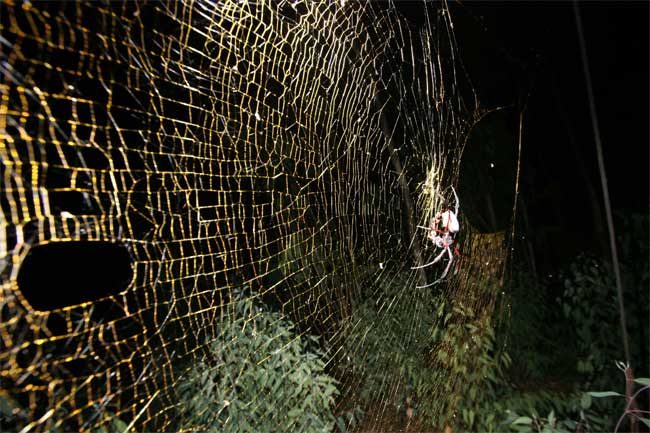
Golden orb-weaving spiders are known for their giant body size and enormous webs. The spider Nephila inaurata can spin a web exceeding 3 feet (1 meter) in diameter, as shown here.

